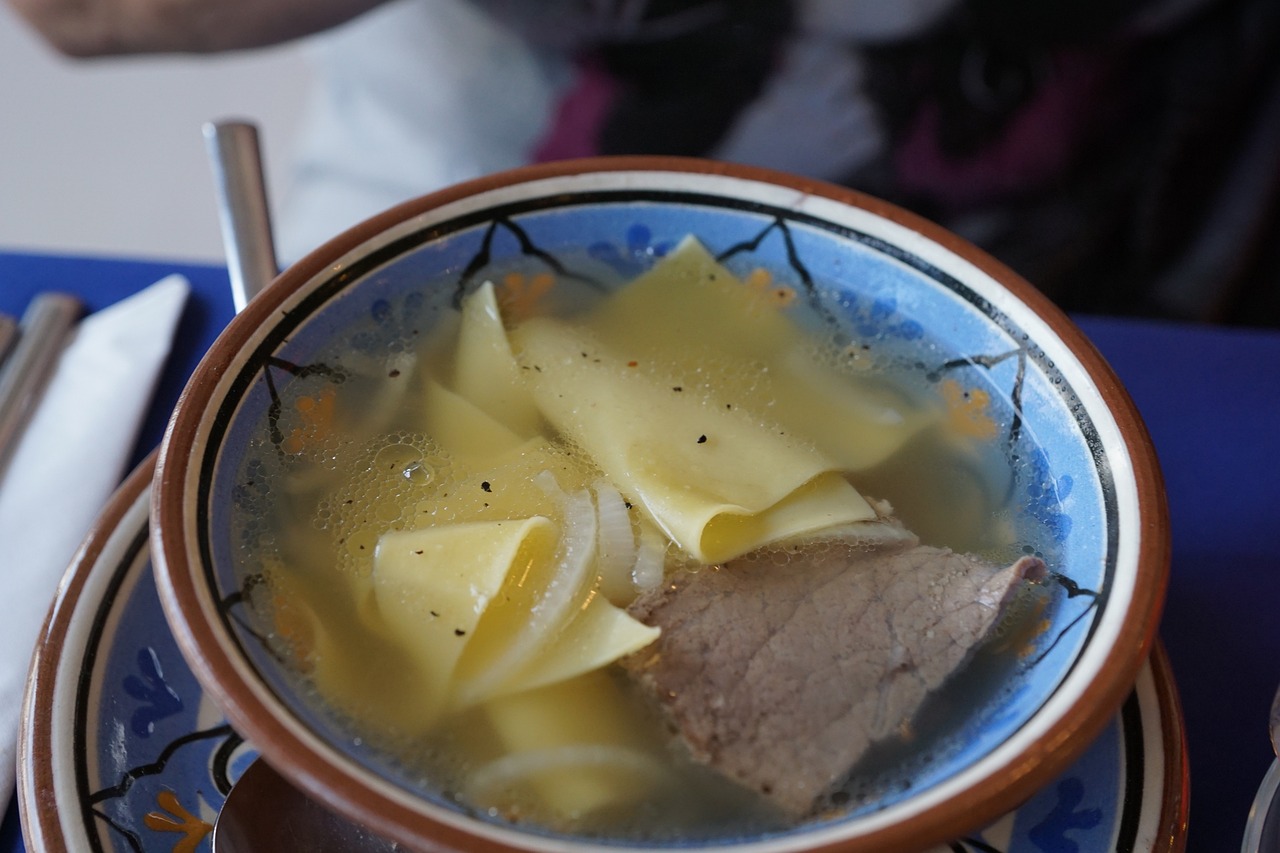Kazakhstan, a land of vast steppes and diverse cultures, is known not only for its breathtaking landscapes but also for its vibrant culinary heritage. Traditional Kazakh cuisine is a delightful fusion of nomadic traditions, agricultural practices, and influences from neighboring regions. With its rich flavors, hearty ingredients, and time-honored cooking techniques, Kazakh cuisine offers a unique gastronomic experience. Let’s embark on a culinary journey through the heart of Kazakhstan and explore the wonders of traditional Kazakh cuisine.
Nomadic Heritage and Influences
The nomadic lifestyle has greatly shaped the culinary traditions of Kazakhstan. Historically, the Kazakhs were skilled horsemen, and their diet mainly comprised meat, milk, and grain products. Today, these staples still form the foundation of traditional Kazakh cuisine. The nomads’ reliance on readily available resources led to the creation of dishes that were easy to prepare and could sustain them through long journeys across the vast steppes.
Meat Delicacies
Meat holds a prominent place in Kazakh cuisine, reflecting the country’s heritage as a pastoral society. Kazakhs have mastered the art of preserving meat through various methods, including drying, smoking, and salting. One of the most beloved dishes is “besbarmak,” which translates to “five fingers” in Kazakh, referring to the traditional way of eating it with one’s hands. It consists of boiled meat (usually lamb or beef) served over homemade flat noodles, accompanied by onions and a rich broth.

Dairy Products and Fermented Delights
Milk and dairy products play a significant role in Kazakh cuisine. The Kazakhs are known for their skill in making fermented dairy products like “koumiss” (fermented mare’s milk) and “shubat” (fermented camel’s milk). These beverages have a distinct tangy flavor and are often enjoyed during festive occasions. Another popular dairy product is “kurt,” which is a dried cheese made from sour milk. It is a nutritious snack widely enjoyed by locals and visitors alike.
Grains and Staple Foods
Grains form an essential part of the Kazakh diet. Wheat, barley, millet, and rice are commonly used to make various dishes such as bread, porridge, and pilaf. “Baursak,” a deep-fried dough, is a beloved Kazakh bread that is often served during special occasions and family gatherings. It is symbolic of hospitality and is offered to guests as a gesture of warm welcome.
Seasonings and Flavor Enhancers
Kazakh cuisine is not known for its spicy flavors but rather for its subtle yet aromatic seasonings. Traditional herbs and spices like dill, parsley, tarragon, and coriander are widely used to add depth and flavor to dishes. Additionally, Kazakhs often incorporate ingredients like onions, garlic, and black pepper to enhance the taste of their culinary creations.

Traditional Kazakh cuisine is a delightful amalgamation of nomadic traditions, local ingredients, and cultural influences. It reflects the resourcefulness of the Kazakh people, their love for hearty flavors, and their deep connection with nature. Exploring the unique dishes of Kazakh cuisine allows one to delve into the country’s rich history and experience the warm hospitality of its people. Whether it’s the succulent meat delicacies, the nourishing dairy products, or the comforting grains, Kazakh cuisine promises a culinary adventure like no other. So, immerse yourself in the flavors of Kazakhstan and savor the taste of its vibrant heritage.
